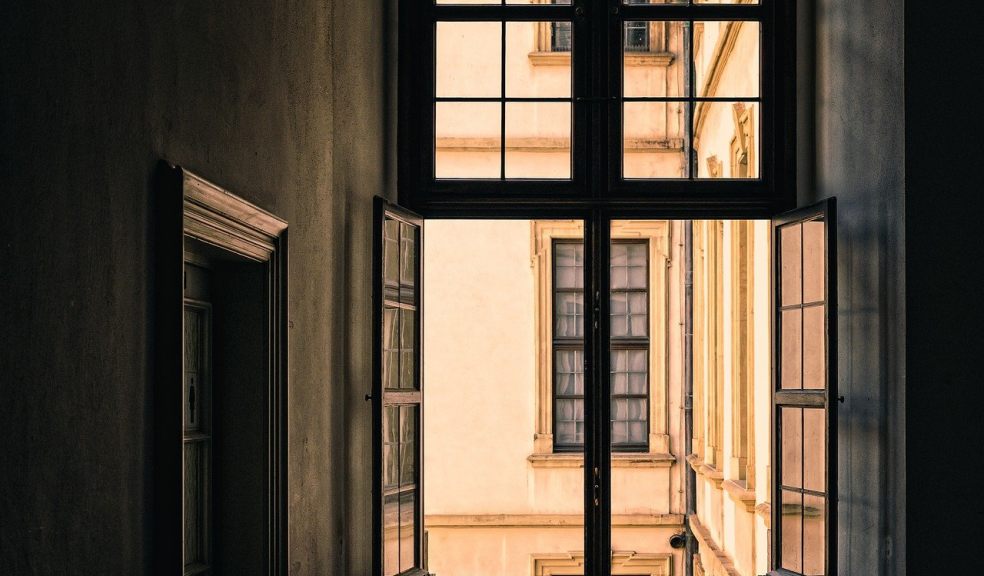
Things to Consider When Restoring Metal-Framed Windows
A building or home with steel windows gives off an ambience that the building is valuable and has a touch of history. Steel windows are gaining widespread interest today, and if you are lucky enough to have a property with steel windows, think about restoring them instead of replacing them.
Restoring metal windows can increase the value of your property. They are more durable. Moreover, highly proficient artisans created them by hand.
Factors you should not ignore
Even if the metal windows are from the 1920s or 1930s, restoration is a better option than replacement. But you have to be careful of two things that have something to do with your health and safety.
- Asbestos putty
The putty used in the old days for steel frame windows had small amounts of asbestos to improve its strength, prevent it from shrinking and make the material fire-resistant. But in 2006, asbestos was declared a prohibited or banned material due to the carcinogens it contains.
If you do not know the window's age, see to it that you hire a company that specialises in metal window restoration, so you are not exposed to harmful material that can endanger your health. Only a Health and Safety Executive (HSE) licensed professional should handle materials containing asbestos.
- Red lead paint
Red lead paint was used as a primer coating on steelwork to prevent corrosion. Red lead was also added to paint to promote faster drying and hardening of the paint.
However, although a useful anti-corrosion material, red lead can cause lead poisoning that affects several brain functions. The discovery prompted the UK government to prohibit the sale of the product to the public in 1992. However, without legislation, the material is still available in the market, although only special licence holders can buy it.
Steps for metal window restoration
Professional metal window restorers recommend doing the restoration work in place (in situ) to eliminate the cost of removing the items, reinstalling them, re-glazing the metal frames, and avoid the related work to do on the surrounding areas.
For minor restoration in place, here are the steps:
- Remove the glass panes, some of which must be broken to facilitate removal. Remove the putty embedded in the rebate of the metal frames.
- Grind the frames and brush them with a wire brush to expose the metal.
- Clean the frames and check if they are still structurally stable. Remove the rust, use a high-quality rust converter or cut out and replace the parts with deep rust.
- Make sure that the frames are clean before applying high-quality steel primer, following the manufacturer's directions. Take your time, so you can apply the primer smoothly.
- Allow the primer to dry before applying an oil-based or water-based topcoat. Again, follow the directions for application to ensure that you get a smooth finish.
- Make sure that you use the Building Regulations' recommended glass when re-glazing the metal windows. Depending on the location and the height of the windows, you might need to use standard annealed glass or toughened glass. Use the recommended glazing putty for metal windows.
Considering the amount of work and the required compliance with the government's Building Regulations, the better option is to allow a professional metal window restorer to handle the job.

















